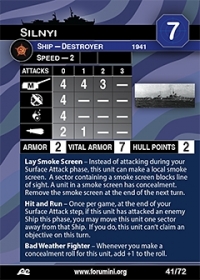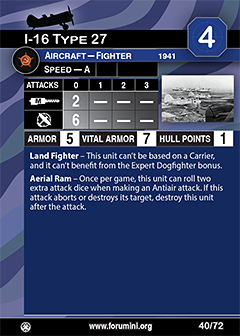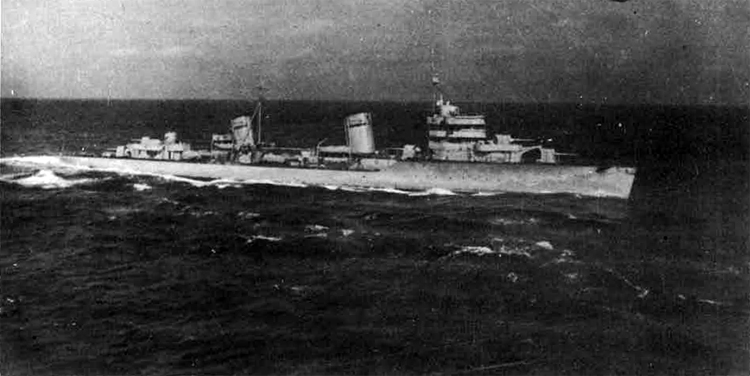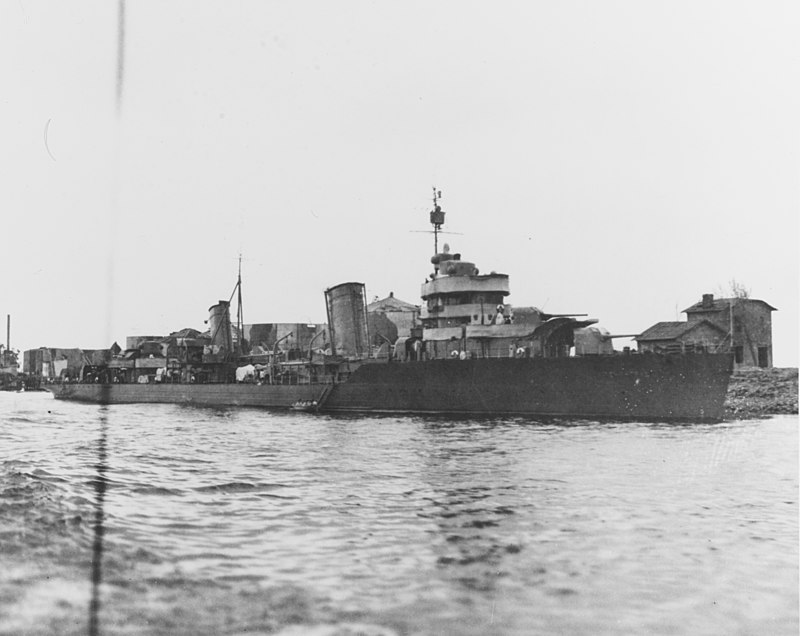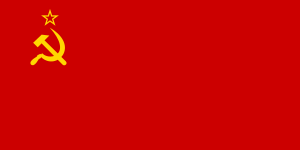The Leningrad-class destroyer leaders were built for the Soviet Navy in the late 1930s. They were inspired by the contre-torpilleurs built for the French Navy. They were ordered in two groups of three ships each, the first group was designated Project 1 and the second Project 38. These ships were the first large vessels designed and built by the Soviets after the revolution.
Both ships in the Baltic Sea bombarded Finnish coast defense positions during the Winter War. During Operation Barbarossa they provided fire support during the German siege of Tallinn and escorted the convoys when it was evacuated at the end of August 1941. Again they provided fire support during the Siege of Leningrad as they were blockaded in Leningrad and Kronstadt by Axis minefields. Minsk was sunk by German air attack in September 1941, but was later raised and recommissioned. Neither ship did anything notable after the siege was lifted in January 1944. Moskva had a very short career in the Black Sea Fleet as she was sunk on 23 June 1941 by either a mine or the Soviet submarine Shch-206. Kharkov participated in most of the battles on the Black Sea coast, but was sunk by Stukas in October 1943 as she returned from a bombardment mission. Baku began the war in the Pacific, but was transferred to the Soviet Northern Fleet via the Northern Sea Route between 15 July and 14 October 1942, where she spent the rest of the war escorting Arctic convoys and attempting to intercept German convoys to their ports on the Arctic Ocean. Tblisi had little to do until after the Soviet invasion of Manchuria when she transported elements of the 358th Naval Rifle Battalion to the Korean port of Rason on 12 August 1945.
Not much is known of the details of their post-war careers. Most underwent a lengthy modernization in the early 1950s before being relegated to roles as training or target ships in the late 1950s. They were scrapped or expended as targets in the early 1960s.
If you see errors or missing data in this entry, please feel free to log in and edit it. Anyone with a Gmail account can log in instantly.







